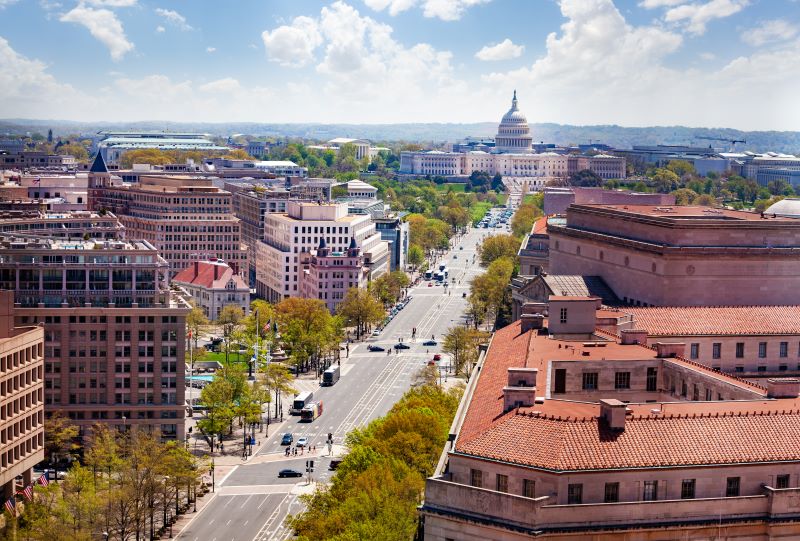Over the past decade, the US government has repeatedly committed to incorporate greater country ownership into the way it designs and delivers aid programs. Though a range of factors—including strong domestic pressures—influence foreign assistance, US aid agencies have taken concrete steps to strengthen country ownership in their programs. A new policy paper, The Use and Utility of US Government Approaches to Country Ownership: New Insights from Partner Countries (with AidData co-authors Bradley Parks and Takaaki Masaki), draws upon survey data from government officials and donor staff in 126 developing countries to explore partner country perceptions of 1) how frequently the US government engaged in practices associated both favorably and less favorably with the promotion of country ownership, and 2) how useful each of those practices was.
Previous efforts to measure the implementation of donors’ commitment to aid effectiveness principles, including the promotion of country ownership (notably QuODA and the OECD’s 2011 monitoring survey), have tended to focus on the more easily quantifiable aspects of donor engagement—offering little on how development policymakers and practitioners in partner countries perceive individual donor efforts.
This study provides a useful complement to the existing body of evidence. We explore a range of donor practices—some widely considered to be useful for promoting country ownership (e.g., alignment with country strategies, delivering funds through country procurement or financial management systems), others with a more ambiguous or even unfavorable association with ownership (e.g., the provision of technical assistance, use of parallel implementation units).
Several interesting insights emerge although limitations in the data prevent us from drawing airtight conclusions:
- The US government is generally perceived to align its programs with partner country priorities, though there are differences by agency (MCC is perceived to emphasize alignment more frequently than USAID) and partner country characteristics (the US aligns with national strategies more in better governed countries).
- The US government relies heavily on professional training and technical assistance (especially international experts), while less frequently adopting practices that make use of in-country systems.
- Host country respondents and US government staff disagree on which practices are most useful. Most of the practices that are in principle more favorable for the promotion of country ownership (ensuring alignment, providing budget support, paying for outcomes) are those considered most useful by partner country officials. US government staff favor their more common practices (professional training, the provision of technical assistance).
- Practices that let countries lead tend to be underutilized compared to their perceived utility.
These findings support several policy recommendations to improve how the US government can better adhere to its commitment to support country ownership.
-
Increase flexible spending for USAID. For the US government to be more responsive to country priorities, USAID must have much more flexible spending authorities and greater freedom from earmarks and spending directives. One way to test this could be through a series of “effectiveness pilots” in which—in a small set of countries—directives, earmarks, and other spending requirements are removed or significantly reduced in exchange for greater adherence to more effective aid delivery practices.
-
Evaluate use of country systems. As the US government increasingly seeks opportunities to channel funds through the public financial management or procurement systems of partner countries, agencies should evaluate and draw lessons from their past experiences to understand whether and under what conditions using country systems helps to strengthen them.
-
Provide more flexible, results-oriented support to partner country institutions. The US government should encourage innovation, experimentation, and adaptation, allowing local partners to develop the context-specific forms that get results, instead of prescribing the structure of an organization.
- Increase funds to the multilateral development banks. MDBs tend to pursue the practices that put countries in the driver’s seat (e.g., paying for results, using country systems) to a greater degree than US agencies. There are many compelling reasons for the US to direct more funds through multilateral channels; increasing support of aid modalities that seek to increase ownership is one.
Stay tuned for more work on country ownership coming soon from CGD’s US Development Policy Initiative. In January, Casey Dunning and Sarah Rose will release an in-depth, agency-level analysis of USAID and MCC’s approaches to country ownership. We reflect on progress made in implementing the principles of country ownership, identify constraints and tradeoffs the agencies face, and offer recommendations for better implementation of a country ownership approach in practice.
The paper draws on data from the 2014 Reform Efforts Survey conducted by the College of William and Mary in partnership with the National Opinion Research Center at the University of Chicago (a full methodological description and topline findings can be found here). The research team identified a sampling frame of nearly 55,000 development policymakers and practitioners who held government or donor staff positions in 126 low- and middle-income countries between 2004 and 2013. The survey consisted of questions about firsthand experiences and observations about international donors and development partner organizations. Our paper analyzes a subsample of 3,256 individuals who responded to questions about practices related to country ownership. When interpreting the results and recommendations, it is important to keep in mind several limitations, including a relatively low response rate (though it is on par for surveys of this type), the nature of perceptions-based data, and the fact that the data do not reflect current perceptions, which may have shifted in more recent years.
Disclaimer
CGD blog posts reflect the views of the authors, drawing on prior research and experience in their areas of expertise. CGD is a nonpartisan, independent organization and does not take institutional positions.





